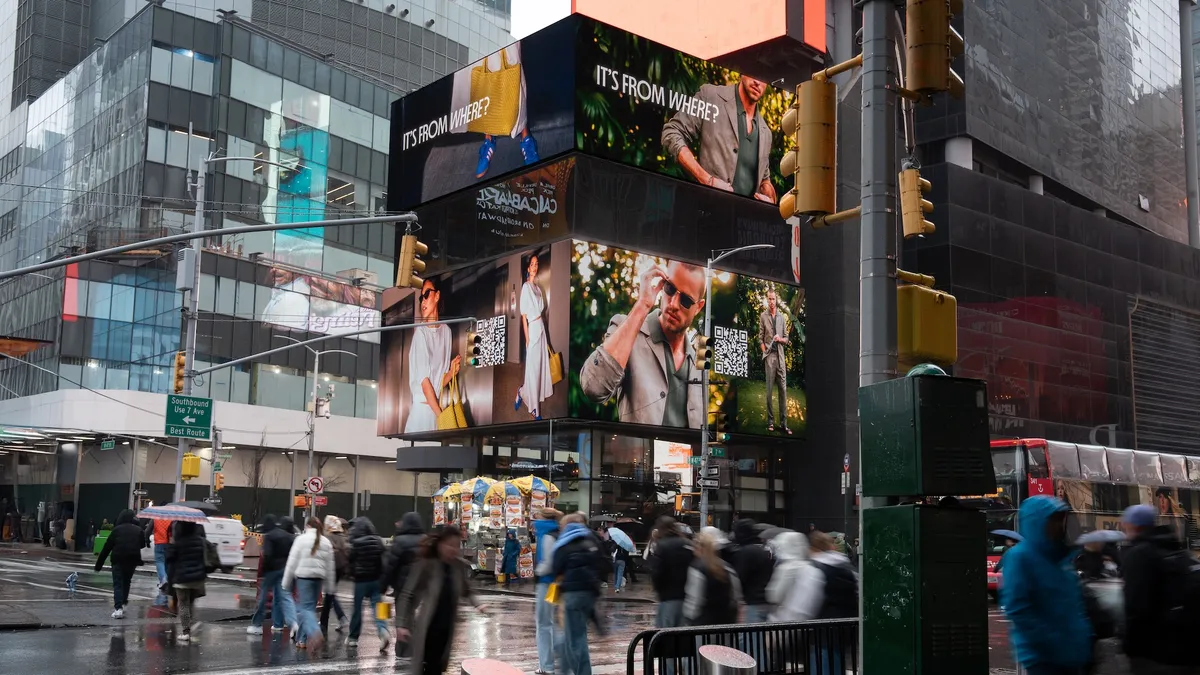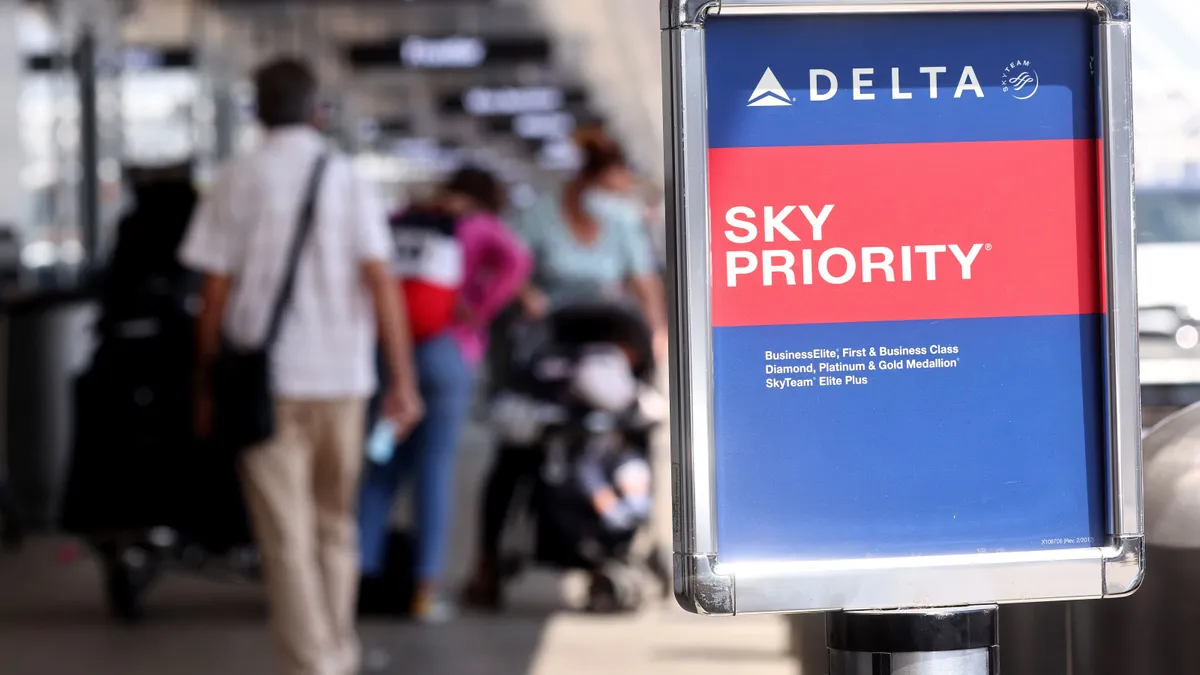Black Friday isn’t the force it once was, but its CX lessons are no less important.
Retailers are spreading their deals across multiple days and various channels, easing the rush of Black Friday crowds and adjusting customer expectations for the busiest day of the year.
In-store traffic was down 6.4% this year compared to last, according to preliminary data from Sensormatic Solutions. In-store sales were up 0.7% from last year, according to data from Mastercard.
Online sales saw significant growth on Black Friday. Adobe reported $10.8 billion in U.S. digital sales on Black Friday, up from $9.8 billion in 2023, while Salesforce reported $17.5 billion in U.S. digital sales, up 7% year-over-year.
This isn’t a sign that brick-and-mortar is on the way out, according to Grant Gustafson, head of retail and analytics at Sensormatic Solutions. Instead, retailers are listening to consumers and making top deals more accessible online — to the benefit of customer experience.
“Instead of saying you've got to be here right on Friday morning at 7 a.m. to get this item, retailers are now able to say, ‘Hey, we've acknowledged that you want to be able to shop in multiple different ways, across multiple different channels, and we want to be able to make sure that we're accommodating that change in your your behavior,’” Gustafson told CX Dive.
The holiday rush isn’t over
This year’s slower Black Friday is still expected to be the busiest day of the season, and the CX lessons it provides can help retailers close out the holidays on a high note. Gustafson believes that eight of the season’s 10 busiest days are yet to come.
Four of the holiday season’s busiest days will likely appear in the five days leading to Christmas, according to Gustafson. Retailers need to prepare to deliver great customer service no matter where these last-minute customer journeys begin or end.
“We think a lot of that will be driven by consumers coming into the store to make their purchases, but also to pick up items that they purchased online because of things like shipping deadlines or online product availability concerns as you get closer to the holiday,” Gustafson said.
Retailers can use their Black Friday performance as a barometer for what the home stretch will look like. Stores that understand where their CX efforts fell short, such as from staffing shortfalls, still have the time to correct their strategy for the final few days of the season.
More than half of shoppers cited crowds and long checkout lines as a top holiday pain point, according to a holiday survey released by Sensormatic in October. Another 3 in 10 complained about long waits for curbside and in-store pickup of online orders.
Retailers can avoid these frustrations by using traffic data, including what they saw on Black Friday, to ensure there is enough staff during the right times to keep shoppers moving through the store, according to Gustafston.
Mobile experiences matter
Mobile was the channel of choice for many digital shoppers on Black Friday, accounting for 79% of online traffic, according to data from Bluecore. While the shopping holiday was an undeniable success for mobile, retailers still have room to improve the experience.
One of the top areas for improvement is the cart, according to Jason Grunberg, CMO of Bluecore. Many companies are investing resources into the browsing experience, but checkout shouldn’t be left behind.
A good mobile checkout experience makes it simple for customers to pay for the items in their cart while maintaining trust.
“With a seamless payment transition, more shoppers will convert due to an easier, more secure checkout, and it gives retailers another touchpoint to identify their shoppers,” Grunberg told CX Dive via email.
Retailers can also provide better customer experiences when they know who their customers are, but the average digital retailer only identified 3 in 10 visitors on Black Friday, according to Bluecore’s data. This shortfall limits a retailer’s ability to drive conversions in the short term and build brand loyalty in the long term, according to Grunberg.
Identification is particularly important on Black Friday. Nearly two-thirds of purchases were made by new customers, according to Bluecore. The remainder were a combination of active customers and recently reactivated customers.
Retailers need to balance speed of checkout with the need to identify customers, Grunberg said.
“While speed matters and you’re not looking to create any blockers to conversion, understanding the context of each shopper is important when creating CX strategies,” Grunberg said. “The approach you take to succeed in converting first-time buyers should differ from the one you take to convert those who come every holiday season.”




















